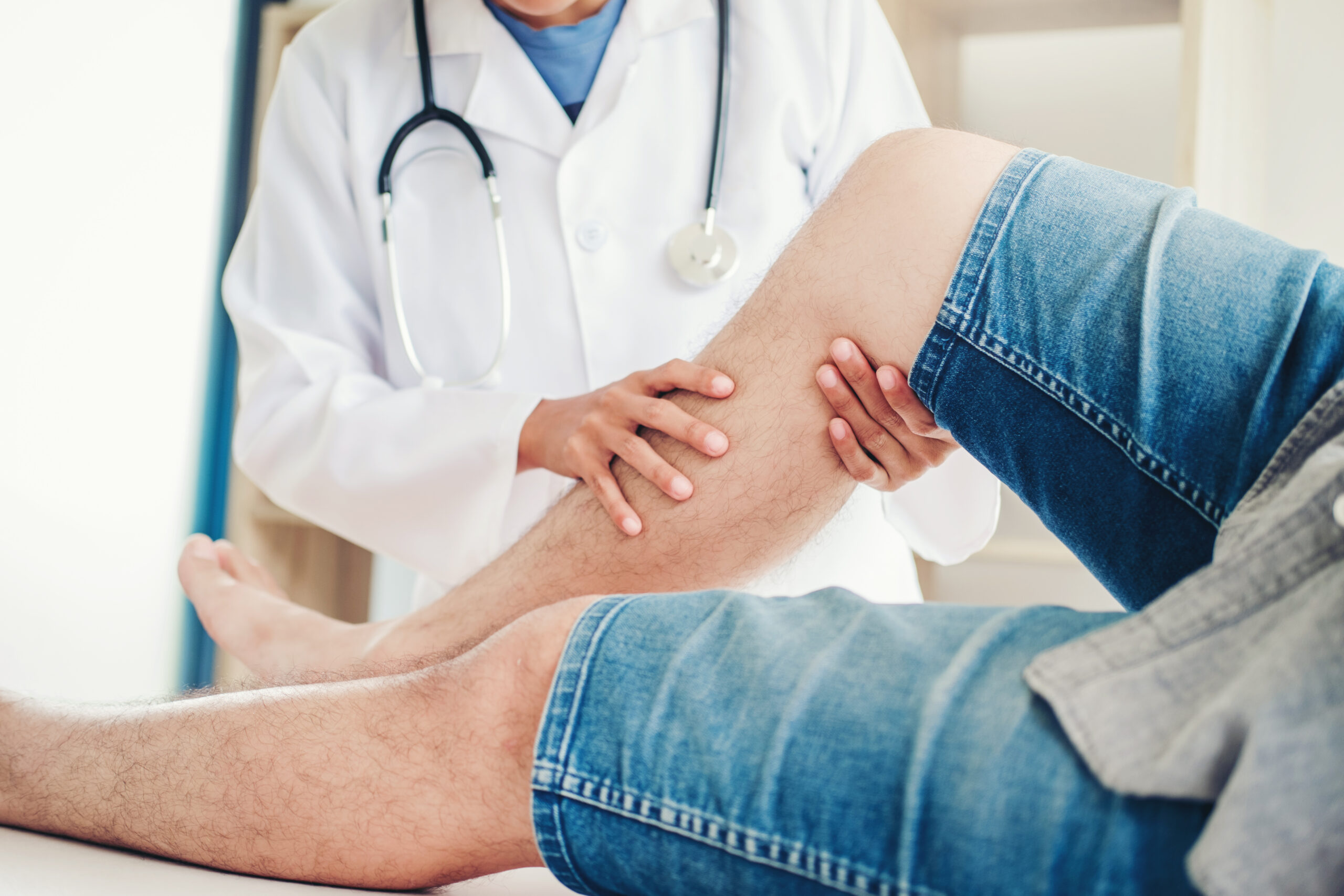Spinal curves are the natural curvature of the spine, either forward (lordosis) or backward (kyphosis). In the cervical and lumbar vertebrae, the curve bends towards the front of the body, like a gentle C shape in reverse. In the thoracic and sacral spine, there is a curve away from the body, creating the sloped curve of the back we are all familiar with. These curves accommodate organs, distribute the pressure across the spine more evenly, and allow for ease of movement.
Why Do Spinal Curves Matter?
Spinal curves are a natural part of our body’s design, but in some cases, the curves can become a problem. This may happen due to long-term poor posture, such as being hunched over a desk for prolonged periods of time or looking down at a cell phone in your hand for hours. Both of these put a great deal of additional strain on the curves, which act as a fulcrum for the movement of the spine above it. If the center of the fulcrum for bending forward or backward changes, it places unnatural pressures on parts of the spine not intended to absorb that strain. This can lead to long-term back pain, headaches, and even shortness of breath and organ dysfunction.
Too Much or Too Little Curvature
Long-term strain on these curves can either lead to an exaggeration of the curve, such as in the case of chronic head-down position for using handheld electronic devices. This can cause the cervical spine to curve too much toward the body while the upper portion of the thoracic spine curves in the opposite direction. This can cause significant pain in the neck, shoulders, and head.
Lumbar lordosis that becomes abnormally pronounced is also called being “sway backed,” and it can lead to poor support for abdominal muscles and organs and may be associated with the prolapse of pelvic organs. Thoracic kyphosis in the extreme is called being “hunch-backed.” Usually, the curves are exaggerated in the upper back, but other times, the curves flatten, and the spine becomes stiffer and straighter in a particular area. This is called “reverse lordosis” or “reverse kyphosis.” When this occurs, the normal curves are no longer present, and the person may experience pain, soreness, and dysfunction.
Side to Side Curvature
Sometimes the curves in the spine are not front and back, but side to side, creating an S shape in the spinal column itself. This is called scoliosis, and it is often diagnosed during adolescence. While other curves of the spine are normal findings (assuming they are not exaggerated), scoliosis is not a normal curve in the spine and should be addressed by a healthcare professional like Dr. Thomas Keogh at Bare Chiropractic.
Maintaining Healthy Spinal Curvature with Chiropractic Care
Many factors contribute to the development of abnormal curves in the spine, such as posture, age, osteoporosis, activity, body weight, pregnancy, and genetics. Ideally, maintaining spinal health to prevent unhealthy curvature is best, so do not wait to seek care from your Billings chiropractor until you have pain. See Dr. Keogh today to learn how to maintain your spine and keep it in good working order. If you already have curvature concerns, be sure to get in touch with Dr. Thomas Keogh soon. He is a Billings, MT chiropractor at Bare Chiropractic who can evaluate your individual needs and create a plan of care to get your spine back to functional and healthy again. Reach out to us at Bare Chiropractic today to get started back on the road to health.
Sources
DeSai, C., Agarwal, A. (2022). Neuroanatomy, Spine. In: StatPearls [Internet]. StatPearls Publishing. https://www.ncbi.nlm.nih.gov/books/NBK526133/



